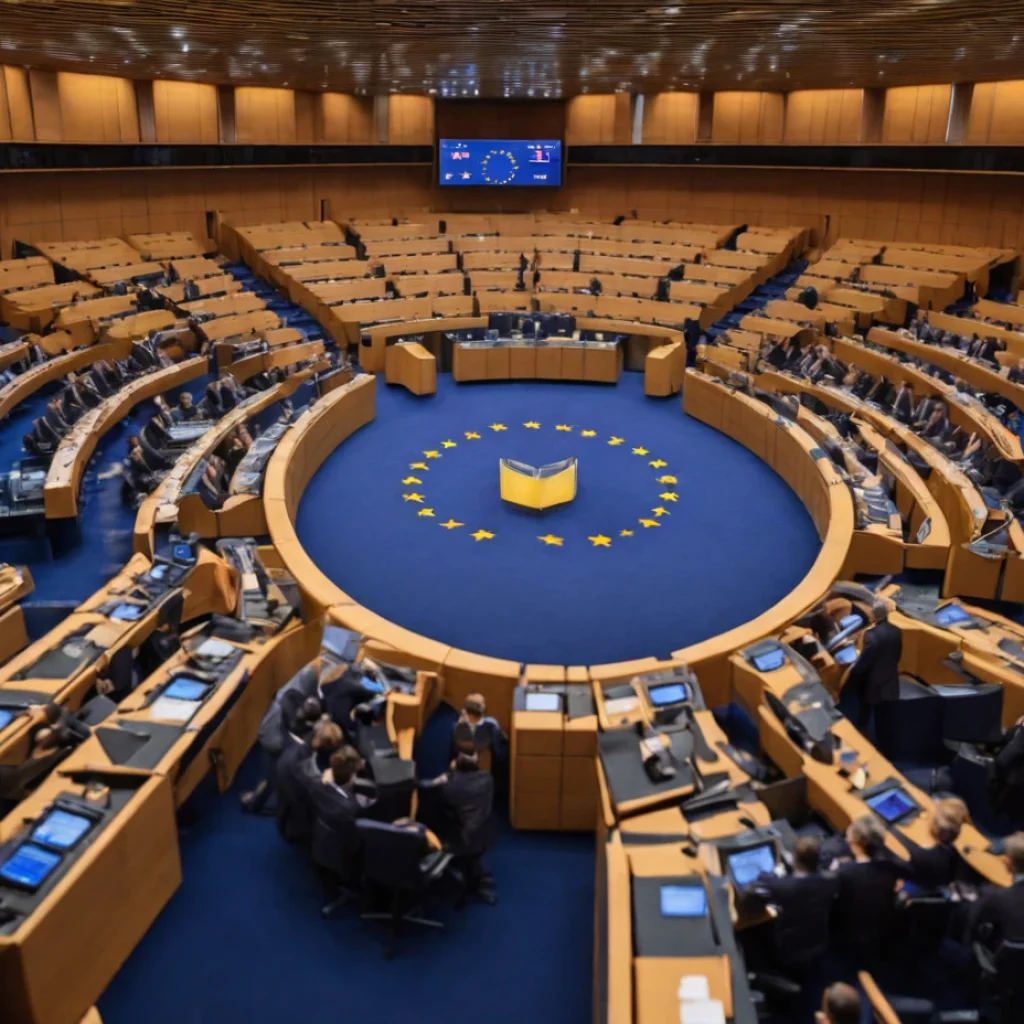As we ride the fast-paced digital wave, there’s a new surfer in town: artificial intelligence (AI). AI has already begun carving a profound, game-changing niche within the sphere of online advertising, and its momentum is only growing.
This is an exploration of this transformative technology, examining how it’s shaping the advertising realm, as well as potential challenges it presents.
AI’s breakthrough in streamlining ad creation
AI’s splash into the advertising world was largely announced by the release of ChatGPT. This platform, mimicking human conversation with impressive accuracy, caught the attention of seasoned digital marketers, including industry mainstay Shane Rasnak.
Rasnak identified the significant potential of AI in facilitating ad campaign creation. What would previously consume an hour can now be achieved in a fraction of the time.
Moreover, AI’s prowess extends to areas like graphic design where tools such as Midjourney, translate textual prompts into complementary images, augmenting the visual appeal of Facebook advertisements.
AI’s emergence in digital advertising is likened by Rasnak to the dawn of social media. It’s a seismic shift, allowing for not only an increase in content volume but a heightened level of personalization.
These advancements radically reshape the landscape of digital advertising. Not only are tasks expedited, but the end product is of a significantly higher caliber, meeting the demands of today’s discerning consumers.
Leveraging AI for personalized online ads
Online advertising giants, namely Meta, Alphabet, and Amazon, have started to harness AI’s potential. By introducing AI tools, they provide a platform for companies to devise custom-tailored messages, images, and videos for targeted campaigns.
While many offerings are still in their trial phases, there’s no denying that AI will play a pivotal role in their core business strategies moving forward.
One such example is Meta’s AI Sandbox testing suite and Meta Advantage service. These tools employ AI and machine learning to boost the efficacy of ads and assist companies in creating engaging visual content.
Additionally, Meta’s Advantage service has begun to gain traction amongst retailers using automated shopping ads. This demonstrates the growing trust and dependency on AI-driven advertisement strategies, despite initial skepticism from experts.
AI technology also promises ‘personalization at scale.’ It enables ads to cater to user interests and geographical location.
So, a cycling company could target Utah-based Facebook users with ads depicting desert cycling, while users in San Francisco might see ads featuring cyclists traversing the iconic Golden Gate Bridge.
However, the integration of AI in digital advertising isn’t without its hurdles. Concerns abound regarding brand safety, potential biases, inaccuracies, and legal implications of using data scraped from the internet.
There are apprehensions regarding AI’s capacity to create content that retains a brand’s distinctive voice or perspective. Critics argue that while AI can produce generic content, it still falls short of delivering high-quality promotional copy with a unique brand voice.
Adopters of generative AI, like online ad consultant Stacy Reed, view AI as a valuable starting point. Still, she emphasizes that companies must hone their brand messaging strategy and avoid over-reliance on AI.
For AI’s full potential to be realized, it must be understood not as a replacement for human input but as an invaluable tool to enhance it.





